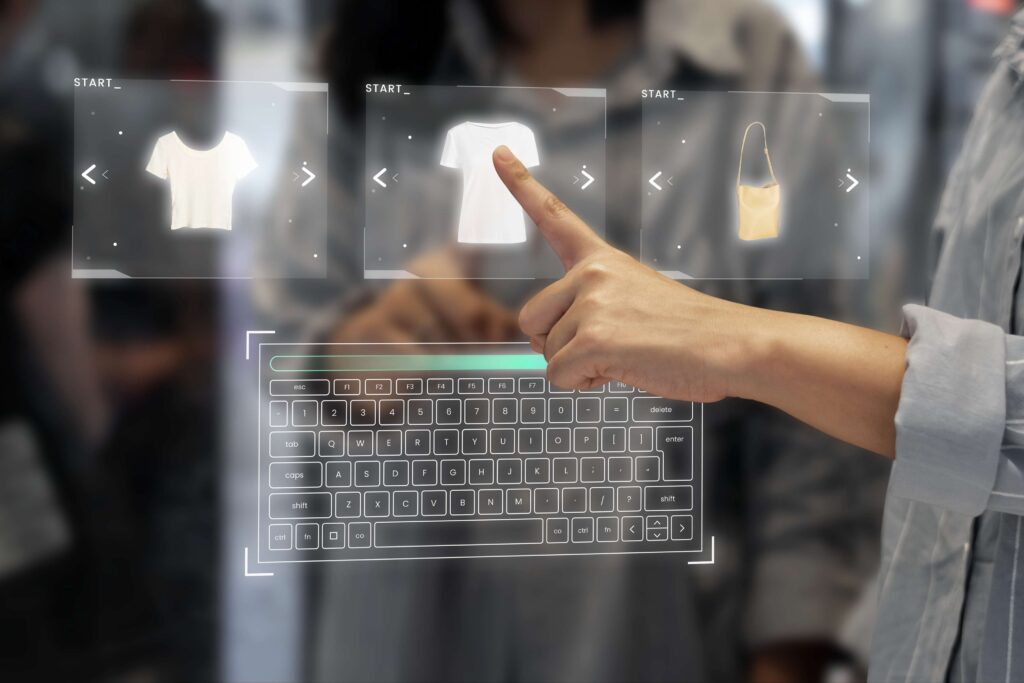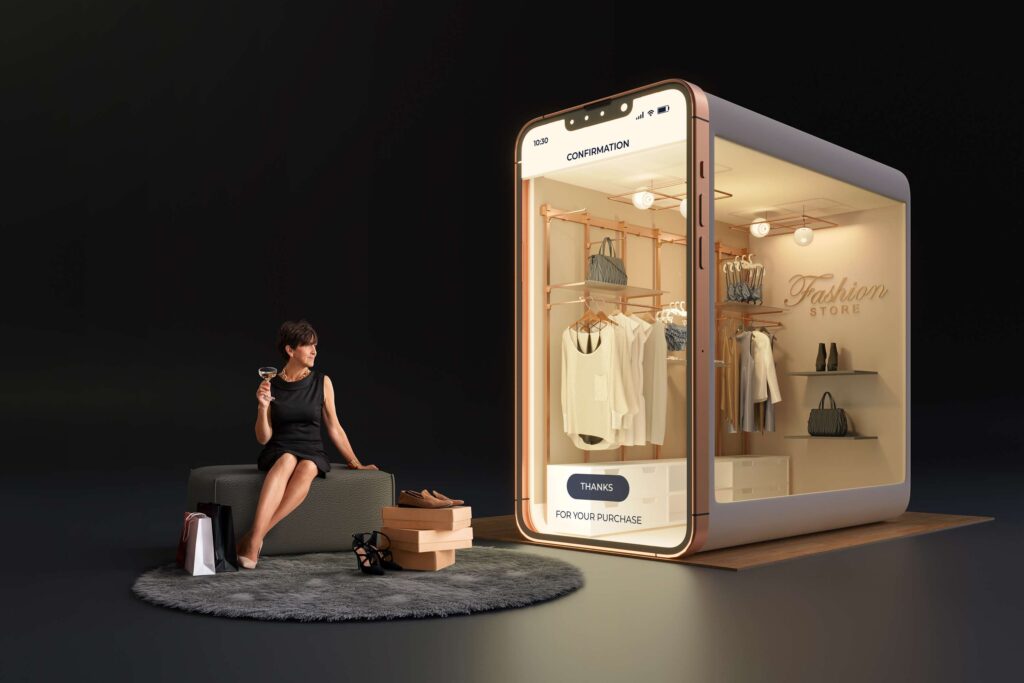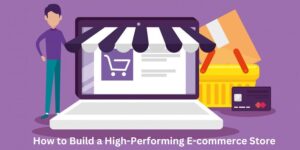Online-To-Offline Commerce: 13 Commonly-Used Strategies
12/09/2023
1.87k
Table of Contents
One such innovation that has gained significant traction in recent years is Online-to-Offline (O2O) Commerce. O2O Commerce represents a set of strategies and business models that effectively bridge the gap between online and offline retail experiences, offering customers a holistic shopping experience. In this article, we will discuss the common types of Online-to-Offline Commerce.
Read more about what is O2O Commerce and how it changes the retail industry.

Click and Collect: The Blend of Online Convenience and In-Store Efficiency
Click and Collect is a popular O2O Commerce strategy that seamlessly integrates online shopping with the in-store pickup experience. Customers have the convenience of browsing and purchasing products from the comfort of their homes, and when they’re ready, they can head to a designated physical location to retrieve their items.
Retailers like Walmart and Target have successfully implemented Click and Collect services, allowing customers to shop online and then swing by the store for quick and hassle-free pickups. This strategy not only appeals to shoppers looking for convenience but also drives foot traffic to physical stores, potentially leading to additional in-store purchases.
Reserve Online, Pay In-Store: Encouraging In-Store Visits
Another effective O2O Commerce model is Reserve Online, Pay In-Store. With this approach, customers can reserve products online, secure their desired items, and then complete the payment in person when they visit the physical store for collection.
Major players in the fashion industry, such as Zara, have adopted this strategy. It not only attracts customers to visit the store but also minimizes the risk of products being unavailable when customers arrive, improving overall customer satisfaction.
Read more about a relevant case study from SupremeTech
In-Store Kiosks: Expanding Product Selection
In-Store Kiosks have become a valuable addition to brick-and-mortar stores, allowing customers to access a broader range of products than what may be available on the physical shelves. These interactive kiosks often feature touch screens or tablets where shoppers can browse and purchase items not physically stocked in the store.
For instance, a consumer electronics store may have in-store kiosks where customers can explore and order various accessories and gadgets. This approach enhances the shopping experience by offering customers an extensive selection while still benefiting from the tactile experience of visiting a physical store.
Appointment Booking: Convenience for Service-Oriented Businesses
O2O Commerce isn’t limited to retail goods; it extends to service-oriented businesses as well. Appointment Booking is a prevalent strategy in this realm. Businesses such as hair salons, spas, and healthcare providers enable customers to schedule appointments online, allowing them to choose their preferred date and time for services delivered at a physical location.
For example, a beauty salon might offer an online booking platform where customers can choose their desired haircuts or treatments and book appointments accordingly. This convenience not only caters to customers’ schedules but also minimizes wait times and walk-in congestion at the physical location.
Geolocation Marketing: Targeting Customers Nearby
Geolocation Marketing is a powerful O2O strategy that capitalizes on customers’ physical proximity to a store. Retailers use mobile apps or push notifications to send location-based alerts and promotions to customers when they are near a physical store. This tactic encourages customers to visit and make purchases.
Imagine walking past a coffee shop, and your smartphone pings with a notification offering you a discount on your favorite latte. This real-time, location-specific marketing type can significantly influence consumer behavior and drive foot traffic.

Augmented Reality (AR) Shopping: Visualizing Products in Your Space
With the advancement of technology, Augmented Reality (AR) Shopping has gained momentum in industries such as furniture and home decor. AR apps allow customers to use their smartphones or tablets to visualize how products will look in real-world environments before making a purchase.
For instance, a furniture retailer might offer an AR app that allows customers to see how a sofa would fit into their living room. This interactive and immersive experience bridges the gap between online product exploration and the tactile nature of in-store browsing.
Scan and Go: Streamlining the Checkout Process
Scan and Go is an O2O strategy that enhances the in-store shopping experience by simplifying the checkout process. Customers use their smartphones to scan product barcodes as they shop, adding items to their digital shopping carts. When they’re ready to leave, they can complete the payment through their mobile device, avoiding traditional checkout lines.
Retailers like Amazon Go have successfully implemented this strategy, offering a cashier-less shopping experience that is both convenient and efficient. Scan and Go not only reduces wait times but also eliminates the need for physical cashiers.
Curbside Pickup: Convenience Meets Safety
The COVID-19 pandemic has prompted a surge in Curbside Pickup services. Retailers have adapted by offering customers the option to order products online and have them delivered to their vehicles when they arrive at the store.
This approach not only addresses safety concerns but also caters to the desire for convenience. Customers can enjoy the benefits of online shopping without having to enter a physical store, making it an attractive option for those looking to minimize in-person interactions.
Pop-Up Stores: A Temporary Touchpoint
Pop-Up Stores represent a creative O2O Commerce strategy in which online brands occasionally open temporary physical locations or pop-up shops. These short-lived physical stores offer customers a hands-on experience of the brand’s products.
Pop-up stores generate excitement and buzz, drawing both online and offline shoppers. They serve as a way for e-commerce brands to establish a physical presence and create a unique, limited-time shopping experience.
Delivery from Local Stores: Proximity as an Advantage
Delivery from Local Stores is a strategy that leverages the proximity of physical stores to customers. Instead of relying solely on centralized distribution centers, retailers use local stores to fulfill online orders, enabling same-day or next-day delivery.
This approach speeds up delivery times and reduces shipping costs, giving customers the convenience of rapid delivery while supporting local stores’ roles in fulfilling online orders.

Virtual Reality (VR) Shopping: Immersive Online Experiences
While less common than other O2O strategies, Virtual Reality (VR) Shopping is on the horizon. VR technology creates immersive online shopping experiences where customers can virtually explore products in a simulated store environment.
Imagine putting on a VR headset and strolling through a virtual clothing store, browsing racks of virtual clothes, and even trying them on virtually before making a purchase. While not yet mainstream, VR shopping has the potential to transform how customers interact with online products.
Subscription Services with Physical Components: Bringing E-commerce to Your Doorstep
Subscription-based businesses, such as meal kit delivery services or beauty subscription boxes, are an interesting hybrid of online and offline commerce. These services combine the convenience of online sign-up and customization with the physical delivery of curated products to customers’ doorsteps.
For example, a meal kit subscription service allows customers to select their meals online, and then they receive a box with pre-portioned ingredients and recipes at their physical address. This O2O strategy combines online convenience with tangible, physical product delivery.
Social Commerce with Offline Events: Building Community
Social media platforms have become hubs for Social Commerce, where businesses sell products directly through social media posts and advertisements. To take this strategy a step further and enhance the O2O experience, some businesses complement their online presence by hosting offline events. These events can include pop-up shops, exclusive in-store sales for their social media followers, or gatherings that bring together like-minded customers.
By fostering a sense of community and online and offline engagement, businesses can leverage the power of social media to drive traffic to their physical locations while simultaneously expanding their online reach. This blend of social commerce and offline events strengthens brand loyalty and enhances the overall shopping experience for customers.
Customize your own O2O strategy with SupremeTech!
SupremeTech has expertise in bridging the gap between online and offline commerce for large retail corporations worldwide.
Contact us for your own solutions!
Related Blog





















